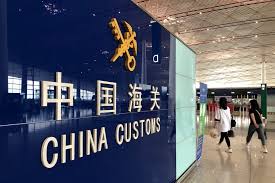
You are Here
- Home
- Asia Pacific
- Foreign investors are excited as China ends the quarantine of visitors to China.


Economic Globe – Global Economic Journal
Global News, Breaking News, Economic, Business, Energy, Global Markets,
